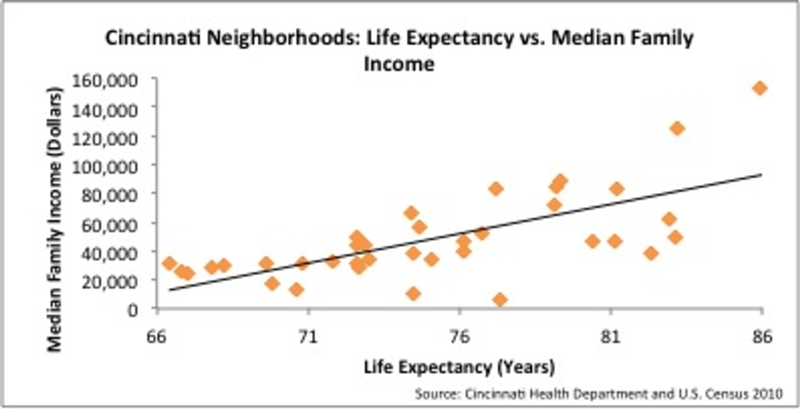Cincinnati and Hamilton County saw infant mortality rates drop to the lowest on record in 2013, but the city and county’s rates for infant deaths remained far above the national average, according to a report released Tuesday by advocacy group Cradle Cincinnati.
In 2013, the city saw 53 babies die before their first birthday, or 9.9 deaths per 1,000 live births. Throughout the county, the deaths of 95 babies put the rate at 8.9 deaths per 1,000 live births.
But in the past five years, the city’s infant mortality rate hit 12.4 deaths per 1,000 live births and the county’s rate reached 9.9 deaths per 1,000 live births.
Even worse, black families in Hamilton County were twice as likely as white families to have a baby die before his or her first birthday.
In comparison, the national average for infant mortalities was 6.1 deaths per 1,000 live births in 2011.
To help reduce the region’s high infant mortality rates, Cradle Cincinnati points to a few potential targets:
• Short pregnancy spacing, meaning 18 months or fewer between births, can lead to premature birth. It was associated with 33 percent of the county’s infant mortalities last year.
• Maternal smoking during pregnancy can lead to premature birth and birth defects. It was associated with 15 percent of the county’s infant mortalities last year.
• The local rate of sleep-related infant deaths in Hamilton County is triple the national average. Many of these deaths could be prevented by ensuring a baby sleeps alone, on his or her back and in a crib, Cradle Cincinnati found.
Cincinnati’s high rate of infant mortalities are one of the many factors that help explain the city’s disparities in life expectancies, according to Cincinnati Health Department officials.
A CityBeat analysis of U.S. Census Bureau and Cincinnati Health Department data also tied neighborhood life expectancies to income levels. The strong correlation could suggest a connection between poverty and earlier death.
Through the Cradle Cincinnati initiative established last year, local officials hope to put an end to the disturbing trends.
“We are cautiously optimistic that these numbers are going down, but we still have a very long way to go,” said Hamilton County Commissioner Todd Portune, founder and co-chair of Cradle Cincinnati, in a statement. “We cannot rest until every child born in Hamilton County lives to see his or her first birthday.”
Cradle Cincinnati’s full report:


